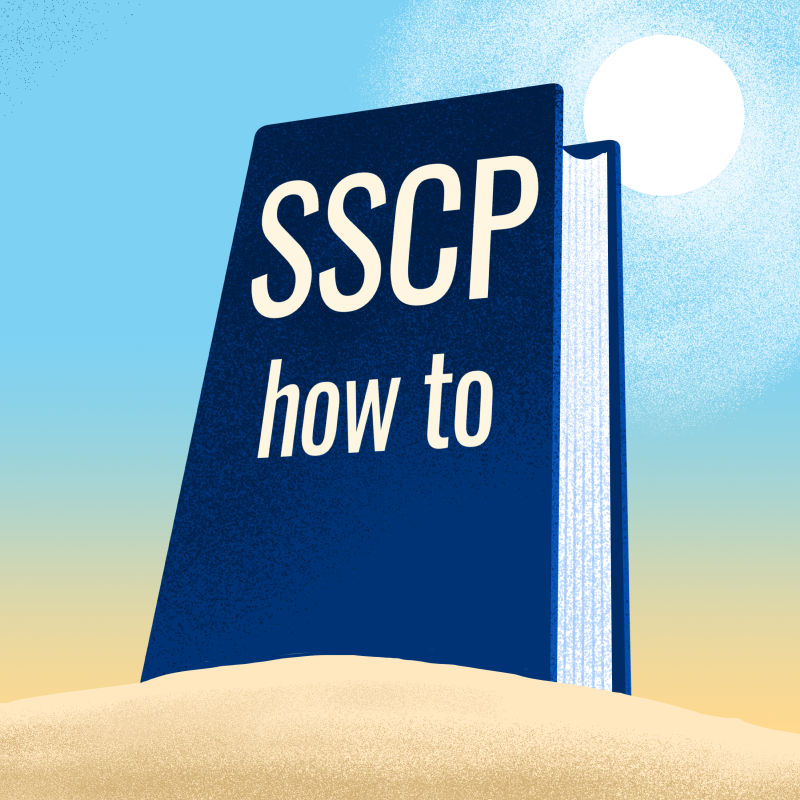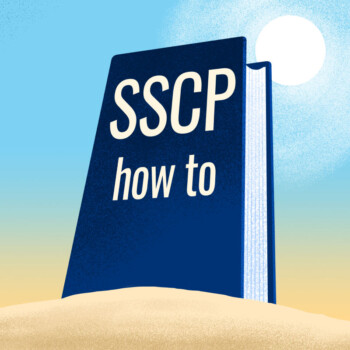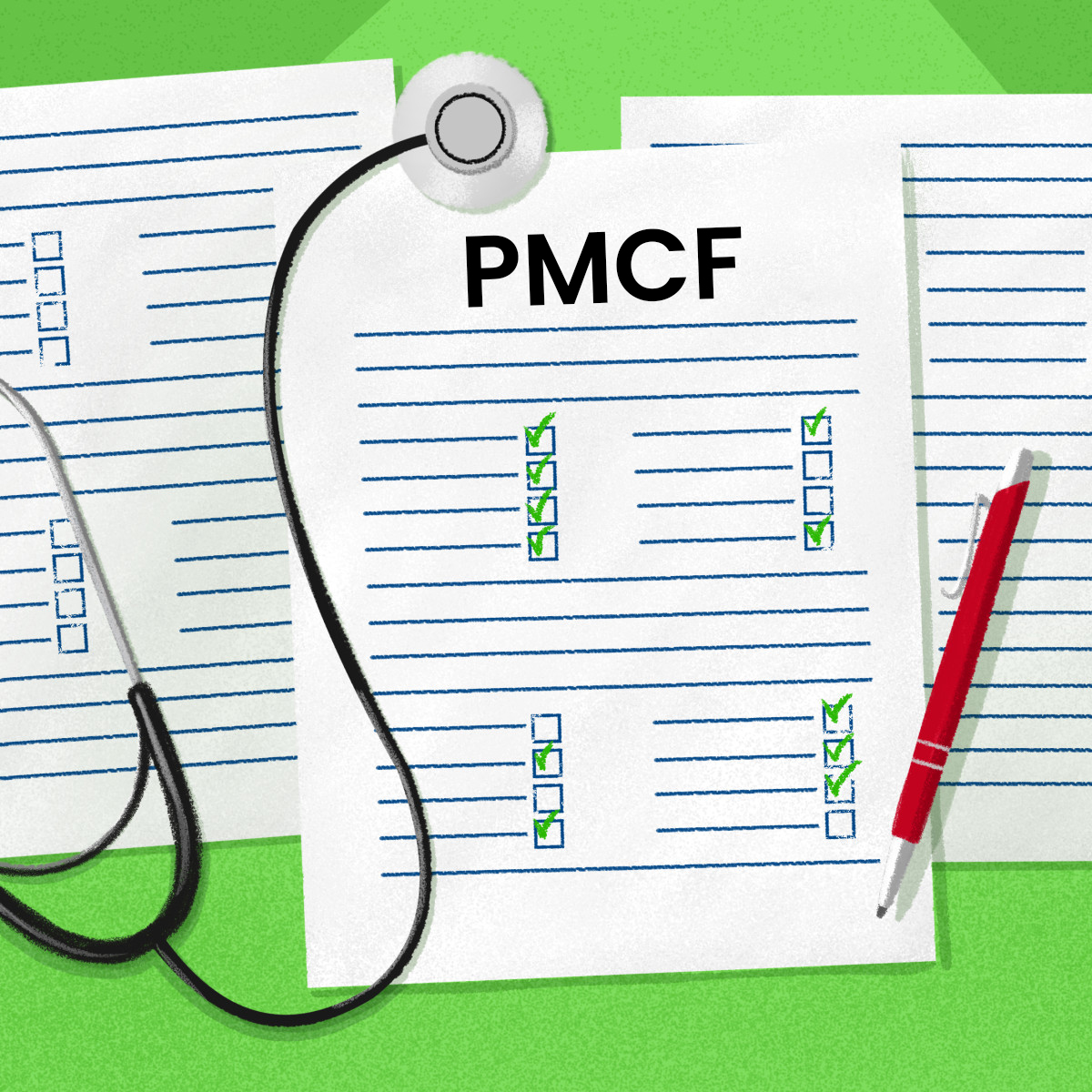A regulatory obligation that speaks to the public
The Summary of Safety and Clinical Performance (SSCP) is a document required under Article 32 of Regulation (EU) 2017/745 (MDR), mandatory for implantable and class III medical devices. Its purpose is clear: to summarize the clinical evidence and safety data of the device, making them accessible to healthcare professionals and patients through publication on Eudamed.
However, the SSCP is not merely a technical document. It is a public transparency tool that helps build trust around the device and its manufacturer. For this reason, drafting an SSCP requires specialized expertise, both regulatory and communicative.
What the MDCG 2019-9 guideline requires
The MDCG 2019-9 Rev.1 guideline defines in detail:
- the structure of the document (9 mandatory sections);
- the sources of information (exclusively from the technical documentation);
- the clarity and readability requirements, especially for the patient section;
- the validation process by the Notified Body;
- the language requirements, depending on the countries where the device is marketed.
A non-compliant SSCP may lead to observations, publication delays, and communication issues. Therefore, during the drafting phase, it may be beneficial to consult professionals who are familiar with the regulatory context and the expectations of Notified Bodies.
Readability: a regulatory requirement, not a stylistic choice
Readability is one of the most underestimated yet critical aspects of the SSCP. According to the MDCG, readability is not just about “ease of reading”, but about the appropriateness of language, structure, and terminology for the intended audience.
For the patient section, it is advisable to use:
- simple and direct language;
- short sentences and a linear structure;
- explanations of technical terms;
- readability testing with non-expert users.
Validated readability software tools (such as the Gulpease Index for Italian and the Flesch Reading Ease for English) can be used, along with manual review, to ensure the document meets the reference thresholds: this helps ensure the content is accessible to the intended audience.
A well-written SSCP is an investment in the device’s reputation
A clear and compliant SSCP:
- facilitates validation by the Notified Body;
- reduces the risk of Non-Conformities and revisions;
- improves the perception of the device among clinicians and patients;
- strengthens the manufacturer’s transparency and credibility.
Conclusion
The SSCP is a regulatory document, but also a clinical communication tool. Drafting it correctly means complying with the regulation, but also conveying trust, competence, and responsibility.
Understanding the requirements and expectations of Notified Bodies is the first step toward creating robust, clear, and truly useful documents for all intended audiences.








